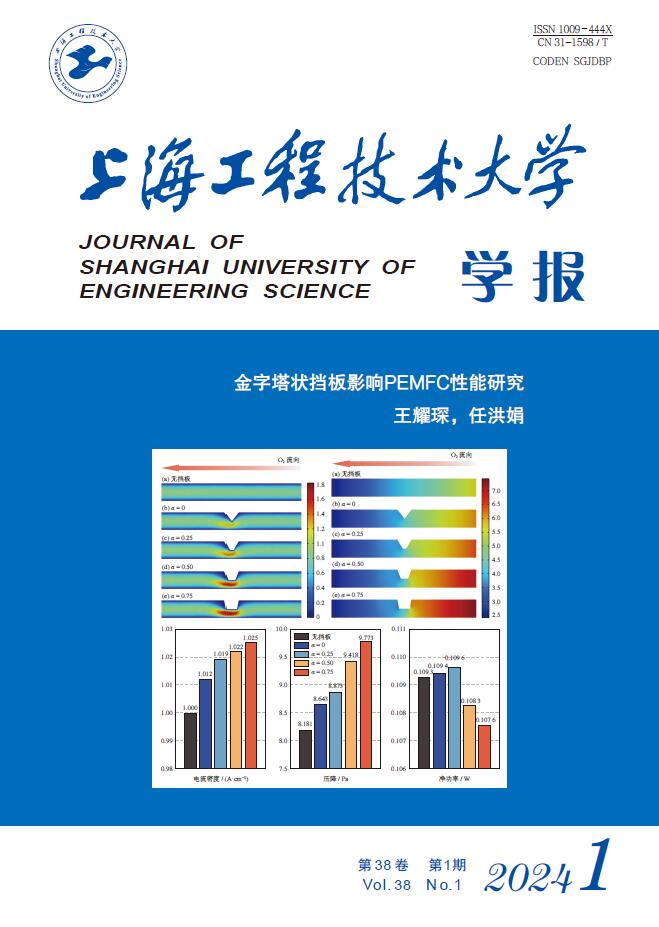2023 Vol. 37, No. 2
Display Method:
2023, 37(2): 105-112.
doi: 10.12299/jsues.22-0149
Abstract:
2023, 37(2): 113-119.
doi: 10.12299/jsues.22-0189
Abstract:
2023, 37(2): 120-127.
doi: 10.12299/jsues.22-0064
Abstract:
2023, 37(2): 128-132.
doi: 10.12299/jsues.22-0054
Abstract:
2023, 37(2): 133-139.
doi: 10.12299/jsues.21-0314
Abstract:
2023, 37(2): 140-147.
doi: 10.12299/jsues.22-0038
Abstract:
2023, 37(2): 148-154.
doi: 10.12299/jsues.22-0124
Abstract:
2023, 37(2): 155-163.
doi: 10.12299/jsues.22-0269
Abstract:
2023, 37(2): 164-172.
doi: 10.12299/jsues.22-0251
Abstract:
2023, 37(2): 173-178.
doi: 10.12299/jsues.21-0315
Abstract:
2023, 37(2): 179-183.
doi: 10.12299/jsues.22-0274
Abstract:
2023, 37(2): 184-189.
doi: 10.12299/jsues.22-0004
Abstract:
2023, 37(2): 190-197.
doi: 10.12299/jsues.22-0173
Abstract:
2023, 37(2): 198-206.
doi: 10.12299/jsues.22-0157
Abstract:
2023, 37(2): 207-214.
doi: 10.12299/jsues.22-0037
Abstract:



 Email Alert
Email Alert
 RSS
RSS
